DISCUSSION
Omission: politics and poetics
Mrudula Kuvalekar and Mawra Tahreem discuss the strategic usage of omission in illustration
Date published: 10/10/2025
Interviewer: Ksenia Kopalova
What does it mean to encounter art through what is withheld as much as what is revealed? In this conversation between the artists Mawra Tahreem and Mrudula Kuvalekar, the act of making becomes inseparable from the act of withholding. Both artists negotiate visibility and absence—through shadows, abstraction, omission, and material unpredictability, and discuss how omission can be a form of poetic expression and political resistance.
Trigger warning:
please note that this article contains content that some viewers may find disturbing.
please note that this article contains content that some viewers may find disturbing.
DISCUSSION

— Even though in different ways, you both explore the usage of omission in illustration. How does each other's work resonate with you?
Mawra:
— I came across one of Mrudula’s works on Instagram, with the description “i’m CREEPY and full of BUGS and i WILL cry at a threat of seeing one”, and immediately felt a connection, as its vulnerability, discomfort, and the distorted human form resonated with my own drawings. In my practice, however, the first person ‘I’ remains secondary, regardless of my dual position as both a subject and partial witness to the fragmented experiences of Shadows.
I speak of Shadows, yet in doing so, perhaps I speak of myself. Boundaries blur, and my metaphors arise from both witnessing and being witnessed, from the human and the inhuman, from the self and Shadows. Hybrid, distorted, and fragmented visuals emerging from this porous space are resonant in Mrudula’s work.
Mawra:
— I came across one of Mrudula’s works on Instagram, with the description “i’m CREEPY and full of BUGS and i WILL cry at a threat of seeing one”, and immediately felt a connection, as its vulnerability, discomfort, and the distorted human form resonated with my own drawings. In my practice, however, the first person ‘I’ remains secondary, regardless of my dual position as both a subject and partial witness to the fragmented experiences of Shadows.
I speak of Shadows, yet in doing so, perhaps I speak of myself. Boundaries blur, and my metaphors arise from both witnessing and being witnessed, from the human and the inhuman, from the self and Shadows. Hybrid, distorted, and fragmented visuals emerging from this porous space are resonant in Mrudula’s work.


“i’m CREEPY and full of BUGS and i WILL cry at a threat of seeing one” by Mrudula Kuvalekar, 2021
No Return, Mixed media on paper, 15.25 x 11.5 in,
by Mawra Tahreem, 2025
by Mawra Tahreem, 2025
Mrudula:
— It’s interesting to see how the smallest detail of one’s work can resonate with someone! What stood out to me in your work was your intuitive mark-making. I was also fascinated by the textile work in your installation Swings in the Air. Your work felt tactile and tangible – its fragmented fabrics and missing parts made it deeply powerful. I’m currently working with fabric too, exploring how textiles can hold memory across generations. Seeing how you used fabric as a way of holding memory really resonated with me.
— It’s interesting to see how the smallest detail of one’s work can resonate with someone! What stood out to me in your work was your intuitive mark-making. I was also fascinated by the textile work in your installation Swings in the Air. Your work felt tactile and tangible – its fragmented fabrics and missing parts made it deeply powerful. I’m currently working with fabric too, exploring how textiles can hold memory across generations. Seeing how you used fabric as a way of holding memory really resonated with me.
Swings in the Air, Fabrics, threads and plexiglass, 10 x 10 feet,
by Mrudula Kuvalekar, 2014
by Mrudula Kuvalekar, 2014
A more direct image of a human body may not always show the internal feelings I want to convey
Mawra:
— I created that installation for my BFA thesis. The intention was to convey the relationship between space and fragile emotive aspects through experiential values that are sudden and untimely. At the time, I didn’t explicitly explore liminality, suspension, impermanence, or spatiality through migration and displacement, but my installation engaged with the concepts conceptually. I remember worrying about not having a distinct art style. Later, at RISD, my professors pointed out a consistent voice across my practice – one that navigates the tension between visibility and invisibility, making and unmaking. That realization helped me focus on that expression more intentionally. Even in daily life, I often speak indirectly, in fragments. I hold back, omit details, and this approach naturally informs my work.
Mrudula:
— It’s interesting that you mention ‘style’. In the illustration industry, there’s so much emphasis on having a particular visual style. I’m glad that the professors during my MA at Kingston, would stress on the opposite – focusing on themes, rather than a certain visual aesthetic. This is what I’m trying to do now in my work: exploring different mediums, rather than sticking to one particular way of working.
— Mrudula, your work tends to lean towards abstraction, especially when it comes to depicting human figures. Do you see that as a form of omission?
Mrudula:
— Yes, because a more direct image of a human body may not always show the internal feelings I want to convey. Changing the form of the body – making it softer or sharper, keeping more or less resemblance to particular people – is tied to the overall concept and the intended audience. Personally, I lean toward abstraction, because it leaves space for interpretation. It doesn’t impose a fixed meaning on the audience. I prefer to not make assumption on what the audience might understand or not understand.
— I created that installation for my BFA thesis. The intention was to convey the relationship between space and fragile emotive aspects through experiential values that are sudden and untimely. At the time, I didn’t explicitly explore liminality, suspension, impermanence, or spatiality through migration and displacement, but my installation engaged with the concepts conceptually. I remember worrying about not having a distinct art style. Later, at RISD, my professors pointed out a consistent voice across my practice – one that navigates the tension between visibility and invisibility, making and unmaking. That realization helped me focus on that expression more intentionally. Even in daily life, I often speak indirectly, in fragments. I hold back, omit details, and this approach naturally informs my work.
Mrudula:
— It’s interesting that you mention ‘style’. In the illustration industry, there’s so much emphasis on having a particular visual style. I’m glad that the professors during my MA at Kingston, would stress on the opposite – focusing on themes, rather than a certain visual aesthetic. This is what I’m trying to do now in my work: exploring different mediums, rather than sticking to one particular way of working.
— Mrudula, your work tends to lean towards abstraction, especially when it comes to depicting human figures. Do you see that as a form of omission?
Mrudula:
— Yes, because a more direct image of a human body may not always show the internal feelings I want to convey. Changing the form of the body – making it softer or sharper, keeping more or less resemblance to particular people – is tied to the overall concept and the intended audience. Personally, I lean toward abstraction, because it leaves space for interpretation. It doesn’t impose a fixed meaning on the audience. I prefer to not make assumption on what the audience might understand or not understand.
“Lonely Bodies” by Mrudula Kuvalekar, 2021
The tension between the familiar and the uncanny, the human and the nonhuman, lets me express ideas that might be difficult to portray directly
— Mawra, I noticed you often use animal metaphors when addressing human experiences. Could you talk about that?
Mawra:
— As a research-based art practitioner, I often work with vulnerable human subjects who wish to remain anonymous due to socio-political reasons. I respect their anonymity through various forms of substitution, such as metaphorical animals and the absence of identified humans. Additionally, hybrid human forms and metaphorical animals help me to convey human vulnerability, fear, trauma, and horrific lived experience in a symbolic, indirect way. The tension between the familiar and the uncanny, the human and the nonhuman, lets me express ideas that might be difficult to portray directly. These animals also reflect on the dehumanization of some human beings.
Over the past two years, I have experimented with representational human figures. But I like to create ambiguity through abstraction to make my work more experiential and open to interpretation.
— Your use of materials also feels connected to that – shadows, absence, negative space. How do materials help or resist what you’re trying to convey?
— Mawra:
For me, materials shape the narrative as much as the imagery. I often use transparent, translucent, double-sided textured surfaces to produce layered and unstable images that evoke uncertainty and impermanence. In my film, Displaced, I used drypoint on fully-black inked acetate – it’s subtractive, erasing to reveal, which aligns with my themes of visibility and invisibility. The use of black ink wasn’t intentional at first, but later the audience – especially those familiar with the lived experiences of my subjects – told me that the film’s darkness felt true to reality. That feedback affirmed that the materials carried meaning beyond my own intent.
Mawra:
— As a research-based art practitioner, I often work with vulnerable human subjects who wish to remain anonymous due to socio-political reasons. I respect their anonymity through various forms of substitution, such as metaphorical animals and the absence of identified humans. Additionally, hybrid human forms and metaphorical animals help me to convey human vulnerability, fear, trauma, and horrific lived experience in a symbolic, indirect way. The tension between the familiar and the uncanny, the human and the nonhuman, lets me express ideas that might be difficult to portray directly. These animals also reflect on the dehumanization of some human beings.
Over the past two years, I have experimented with representational human figures. But I like to create ambiguity through abstraction to make my work more experiential and open to interpretation.
— Your use of materials also feels connected to that – shadows, absence, negative space. How do materials help or resist what you’re trying to convey?
— Mawra:
For me, materials shape the narrative as much as the imagery. I often use transparent, translucent, double-sided textured surfaces to produce layered and unstable images that evoke uncertainty and impermanence. In my film, Displaced, I used drypoint on fully-black inked acetate – it’s subtractive, erasing to reveal, which aligns with my themes of visibility and invisibility. The use of black ink wasn’t intentional at first, but later the audience – especially those familiar with the lived experiences of my subjects – told me that the film’s darkness felt true to reality. That feedback affirmed that the materials carried meaning beyond my own intent.
Still from the film Displaced, Ink on acetate and light, 1:17 mins,
by Mawra Tahreem, 2024
by Mawra Tahreem, 2024
Mawra:
— Similarly, water is a crucial element in the narrative of my film, Shadows in Transit; therefore, I drew on water. As I floated enamel paints across the surface of the water, I held my breath to hold the pattern, I stayed still to keep the paints from moving, yet I moved to make them flow.
— Similarly, water is a crucial element in the narrative of my film, Shadows in Transit; therefore, I drew on water. As I floated enamel paints across the surface of the water, I held my breath to hold the pattern, I stayed still to keep the paints from moving, yet I moved to make them flow.
Still from the film Shadows in Transit, Pen, ink, and charcoal on paper; monotype, drypoint, and light, 2:42 mins,
by Mawra Tahreem, 2025
by Mawra Tahreem, 2025
— Mrudula, how do materials play into your process of omission or absence?
Mrudula:
— For me, it’s very intuitive. In monoprint, the pressure of my hand (which depends on all the things going through my mind at the time of making!) changes as I work – sometimes marking heavily, sometimes leaving unplanned omissions. The unpredictability often results in something more authentic than the image I had in mind. The medium does help, but not in a way that’s expected: on the contrary, it’s the unpredictability of it which eventually helps to convey what I want, bypassing the conscious intent. Even in my digital work, I try to introduce unpredictability and embrace ‘mistakes’ – using brushes that don’t behave consistently, not using an eraser, or embracing misregistration in risograph prints, like in my ‘Lonely Bodies’ project.
Mrudula:
— For me, it’s very intuitive. In monoprint, the pressure of my hand (which depends on all the things going through my mind at the time of making!) changes as I work – sometimes marking heavily, sometimes leaving unplanned omissions. The unpredictability often results in something more authentic than the image I had in mind. The medium does help, but not in a way that’s expected: on the contrary, it’s the unpredictability of it which eventually helps to convey what I want, bypassing the conscious intent. Even in my digital work, I try to introduce unpredictability and embrace ‘mistakes’ – using brushes that don’t behave consistently, not using an eraser, or embracing misregistration in risograph prints, like in my ‘Lonely Bodies’ project.
Monoprints from “City of Dreams”,
by Mrudula Kuvalekar, 2022
by Mrudula Kuvalekar, 2022
—Mawra, what role do unpredictability and mistakes play in your work?
Mawra:
—There are points where I embrace them, and others where I decide something won’t be part of the work. For example, in my installation Residents of Non-Binary Space, I initially planned to make three panels: one for foreign land, one for homeland, and one for the “third space,” the in-between. But when I made the first two, I questioned whether a third panel would actually serve the concept – because the third space doesn’t physically exist. In the end, I displayed only the two panels, placed apart, and invited viewers to walk between them. Their movement created the in-between space.
Similarly, in animation, I often make thousands of frames, but later cut many of them out and not use them at all. Once, I even wrote a poem to use as narration, but eventually decided the visuals alone conveyed what I wanted, without words. So omission becomes central – I leave things out deliberately, letting viewers interpret the work themselves.
Mawra:
—There are points where I embrace them, and others where I decide something won’t be part of the work. For example, in my installation Residents of Non-Binary Space, I initially planned to make three panels: one for foreign land, one for homeland, and one for the “third space,” the in-between. But when I made the first two, I questioned whether a third panel would actually serve the concept – because the third space doesn’t physically exist. In the end, I displayed only the two panels, placed apart, and invited viewers to walk between them. Their movement created the in-between space.
Similarly, in animation, I often make thousands of frames, but later cut many of them out and not use them at all. Once, I even wrote a poem to use as narration, but eventually decided the visuals alone conveyed what I wanted, without words. So omission becomes central – I leave things out deliberately, letting viewers interpret the work themselves.
“Sam”, by Mrudula Kuvalekar, 2023
Created as part of Peony Gent’s workshop on ‘Poetry Comics’
Created as part of Peony Gent’s workshop on ‘Poetry Comics’
— As you mentioned, some omissions are orchestrated not in the work itself, but in the space where it’s shown, like in a gallery. But what if we don’t have much control of the space where the work is exhibited, like, let’s say, in digital viewing on Instagram?
Mrudula:
—I try to make the most of the platform. On Instagram, I love seeing illustrators use carousels to show one long image broken into frames – it feels like walking through a gallery. So there are ways to regain some control, if you’re mindful of the boundaries of the medium.
In my MA at Kingston, I also explored how text itself could function as illustration. Depending on the composition and the mode of display, even a single letter could become an illustration. So for me, (re)defining what illustration is may also help to regain some sense of control and authorship.
— When you use typography and text, it often feels poetic and subtle, integrated with the image. How do you work with omissions in text?
Mrudula
—For me, image and text usually develop together. It’s not that I finish one and then add the other. I keep text minimal – just enough to guide the viewer without spelling everything out. I want to suggest a direction, but leave space for interpretation. Sometimes a phrase will shape the drawing, or the drawing will make me revise the phrase. I go back and forth, letting both evolve together.
Mrudula:
—I try to make the most of the platform. On Instagram, I love seeing illustrators use carousels to show one long image broken into frames – it feels like walking through a gallery. So there are ways to regain some control, if you’re mindful of the boundaries of the medium.
In my MA at Kingston, I also explored how text itself could function as illustration. Depending on the composition and the mode of display, even a single letter could become an illustration. So for me, (re)defining what illustration is may also help to regain some sense of control and authorship.
— When you use typography and text, it often feels poetic and subtle, integrated with the image. How do you work with omissions in text?
Mrudula
—For me, image and text usually develop together. It’s not that I finish one and then add the other. I keep text minimal – just enough to guide the viewer without spelling everything out. I want to suggest a direction, but leave space for interpretation. Sometimes a phrase will shape the drawing, or the drawing will make me revise the phrase. I go back and forth, letting both evolve together.
Text on black wall, Shadows in Transit (MFA Thesis Installation), 10 x 10 x 10 feet, by Mawra Tahreem, 2025
— Mawra, in your case, it seems you often seem to omit text deliberately – both as an artistic, ethical, and political choice. Could you talk about that?
Mawra
—I love writing, but I struggle to integrate text with visuals. Coming from a fine art background, I find it difficult to use text in illustrative ways, such as in comics or narrative captions. Intuitively, I resist giving my work words – I want viewers to interpret it independently.
When working with vulnerable subjects, leaving out identifiable details, including text, helps protect their anonymity. Silencing also influenced my decisions: at times, I felt including text would expose too much. In my recent installation, I wrote a poem in black vinyl on a black wall – visible, but barely. Some people leaned in to read it, while others missed it completely. That tension was deliberate: text that is present but silenced. For my thesis, I also resisted showing my animation on a plain screen. Instead, I built a container to hold the screen, creating a sense of claustrophobia. These spatial choices can’t be replicated on Instagram, which is why I dislike the platform: it decontextualizes the artworks and also flattens them into a square.
Mawra
—I love writing, but I struggle to integrate text with visuals. Coming from a fine art background, I find it difficult to use text in illustrative ways, such as in comics or narrative captions. Intuitively, I resist giving my work words – I want viewers to interpret it independently.
When working with vulnerable subjects, leaving out identifiable details, including text, helps protect their anonymity. Silencing also influenced my decisions: at times, I felt including text would expose too much. In my recent installation, I wrote a poem in black vinyl on a black wall – visible, but barely. Some people leaned in to read it, while others missed it completely. That tension was deliberate: text that is present but silenced. For my thesis, I also resisted showing my animation on a plain screen. Instead, I built a container to hold the screen, creating a sense of claustrophobia. These spatial choices can’t be replicated on Instagram, which is why I dislike the platform: it decontextualizes the artworks and also flattens them into a square.
— Yes, though there have been notable uses of omission even on Instagram, like the BLM black square on Instagram, where the absence itself became the message.
Mrudula
— True, but for me the bigger issue is that once you upload, you give control to the platform – its algorithms, censorship, even AI now. It decides how, when, and to whom your work is shown. That loss of control is dangerous, though I still use Instagram strategically, experimenting with formats like stories.
Mawra
— I agree with Mrudula. A person like me even documents my installations reluctantly, because documentation never captures the experience of actually being present with the work. People often urge me, “document it, it’s important!”, but I dislike the way photos flatten the work. Still, I consider whether documentation itself could become a form of art, and this is where William Kentridge’s approach inspires me.
I’m a person who values the process more than the outcome. For example, for one of the films, I created 4,000 frames – 4000 different drawings. The film is one artwork – but so are those 4,000 drawings: the process is a body of work in itself, which is yet to be articulated.
Mrudula
— True, but for me the bigger issue is that once you upload, you give control to the platform – its algorithms, censorship, even AI now. It decides how, when, and to whom your work is shown. That loss of control is dangerous, though I still use Instagram strategically, experimenting with formats like stories.
Mawra
— I agree with Mrudula. A person like me even documents my installations reluctantly, because documentation never captures the experience of actually being present with the work. People often urge me, “document it, it’s important!”, but I dislike the way photos flatten the work. Still, I consider whether documentation itself could become a form of art, and this is where William Kentridge’s approach inspires me.
I’m a person who values the process more than the outcome. For example, for one of the films, I created 4,000 frames – 4000 different drawings. The film is one artwork – but so are those 4,000 drawings: the process is a body of work in itself, which is yet to be articulated.

Artist bios
- Mawra Tahreemb. Pakistan; Lives and works in Washington D.C., USA
Mawra Tahreem is an interdisciplinary visual artist and researcher currently based in Washington D.C. She earned an MFA from the Rhode Island School of Design and also holds an MPHIL in Cultural Studies and a BFA in Textile Design. Through motion and visual narratives, Tahreem explores impermanence, liminality, suspension, and silencing. Her research-based art practice comprises experimental films, installations, and drawings that voice absence, time, and space. - Mrudula KuvalekarMrudula Kuvalekar is an award winning Illustrator based in London. She completed her MA in Illustration from Kingston University in 2021-22. They love cats, coffee and all things queer. With a background in graphic design and brand development, she currently works in the education industry, and freelances as an Illustrator.
